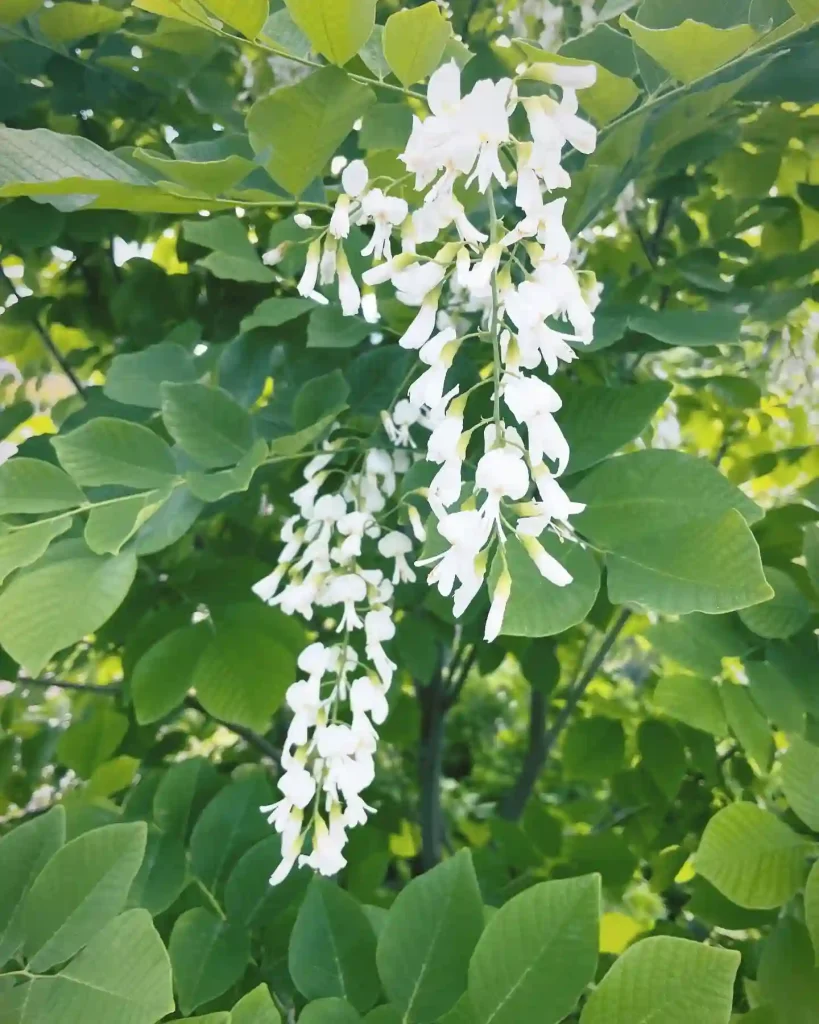Hosta Happy Dayz: Frequently Asked Questions
Hi there, Ferb Vu here! Hostas are some of my favorite shade-loving plants, and Hosta Happy Dayz variety is a true standout. It brings a vibrant splash of color to any garden, and its low-maintenance nature makes it perfect for busy gardeners like myself. Today, I’m answering some of the most common questions I get about Hosta Happy Dayz.
What Makes Hosta Happy Dayz Special?
Happy Dayz boasts unique chartreuse (a greenish-yellow) foliage with a wide, creamy-white margin. This striking combination brightens up shady areas and adds a cheerful pop of color. Unlike some other hostas, Happy Dayz holds its vibrant color throughout the season, resisting the fading that can occur with other varieties.
31 Species in Genus Hosta
How Does Happy Dayz Compare to Other Hostas?
There are hundreds of hosta varieties, each with its own distinct characteristics. Here’s a quick comparison of Happy Dayz to some popular choices:
- Hosta Blue Angel: This classic hosta offers stunning blue-green foliage that contrasts beautifully with Happy Dayz’s chartreuse hues. Blue Angel is slightly taller, reaching up to 2 feet, while Happy Dayz stays around 12-18 inches.
- Hosta Francee: Another favorite, France boasts large, heart-shaped leaves with a distinctive wavy margin. Its foliage is a rich green with a subtle yellow center, creating a different visual effect than Happy Dayz’s bold chartreuse with white edge. France also reaches a mature height of around 2 feet.
- Hosta Gold Standard: This variety is known for its bright yellow foliage, a stark contrast to Happy Dayz’s chartreuse and white. However, Gold Standard is more susceptible to sun scorch and requires more shade than Happy Dayz.
How to plant Hosta Happy Dayz?
Happy Dayz thrives in partial to full shade, making it ideal for areas with limited sun exposure. They prefer moist, well-drained soil and benefit from a layer of mulch to retain moisture and regulate soil temperature. Here’s a quick planting guide:
- Choose a location: Select a spot with dappled sunlight or afternoon shade.
- Prepare the soil: Amend the planting area with compost or aged manure to improve drainage and provide nutrients.
- Dig a hole: Create a hole twice the diameter of the hosta’s root ball.
- Position the hosta: Place the plant in the hole, ensuring the crown (where the leaves emerge) sits level with the soil surface.
- Backfill and water: Gently fill the hole with soil, tamping it down lightly. Water thoroughly to settle the soil and hydrate the roots.
Watering and Feeding
Happy Dayz doesn’t require frequent watering, but consistent moisture is key during the first year of establishment. Once mature, they can tolerate short periods of dryness. Water deeply when the top inch of soil feels dry to the touch.
Fertilizer isn’t usually necessary for hostas, but a light application of balanced fertilizer in early spring can promote healthy growth. Opt for a slow-release fertilizer formulated for shade-loving plants.
Light Requirements
As mentioned earlier, Happy Dayz prefers partial to full shade. Too much direct sunlight can scorch the leaves, dulling their vibrant color. However, some morning sun exposure can be beneficial, especially in colder climates. Observe your garden and adjust planting locations as needed to find the optimal balance for your Happy Dayz.
Common Pests and Diseases
Hostas are generally resistant to pests and diseases, but they can occasionally be bothered by slugs, snails, and deer. Here are some tips for prevention and control:
- Slugs and snails: Handpick these unwelcome visitors or use organic slug bait specifically formulated for gardens.
- Deer: Deer find hostas somewhat palatable. Strategically planting deer-resistant companions like ferns or ornamental grasses can help deter them.
Dividing Happy Dayz
Hostas are known for their ability to spread and form attractive clumps. If your Happy Dayz gets too large or you want to share its beauty with others, you can divide it in early spring or fall.
Conclusion
Hosta Happy Dayz is a delightful addition to any shade garden. Its unique foliage, low-maintenance nature, and ease of care make it a perfect choice for gardeners of all experience levels. With proper planting and a little TLC, Happy Dayz will bring years of joy to your shady haven.
If i die, water my plants!



